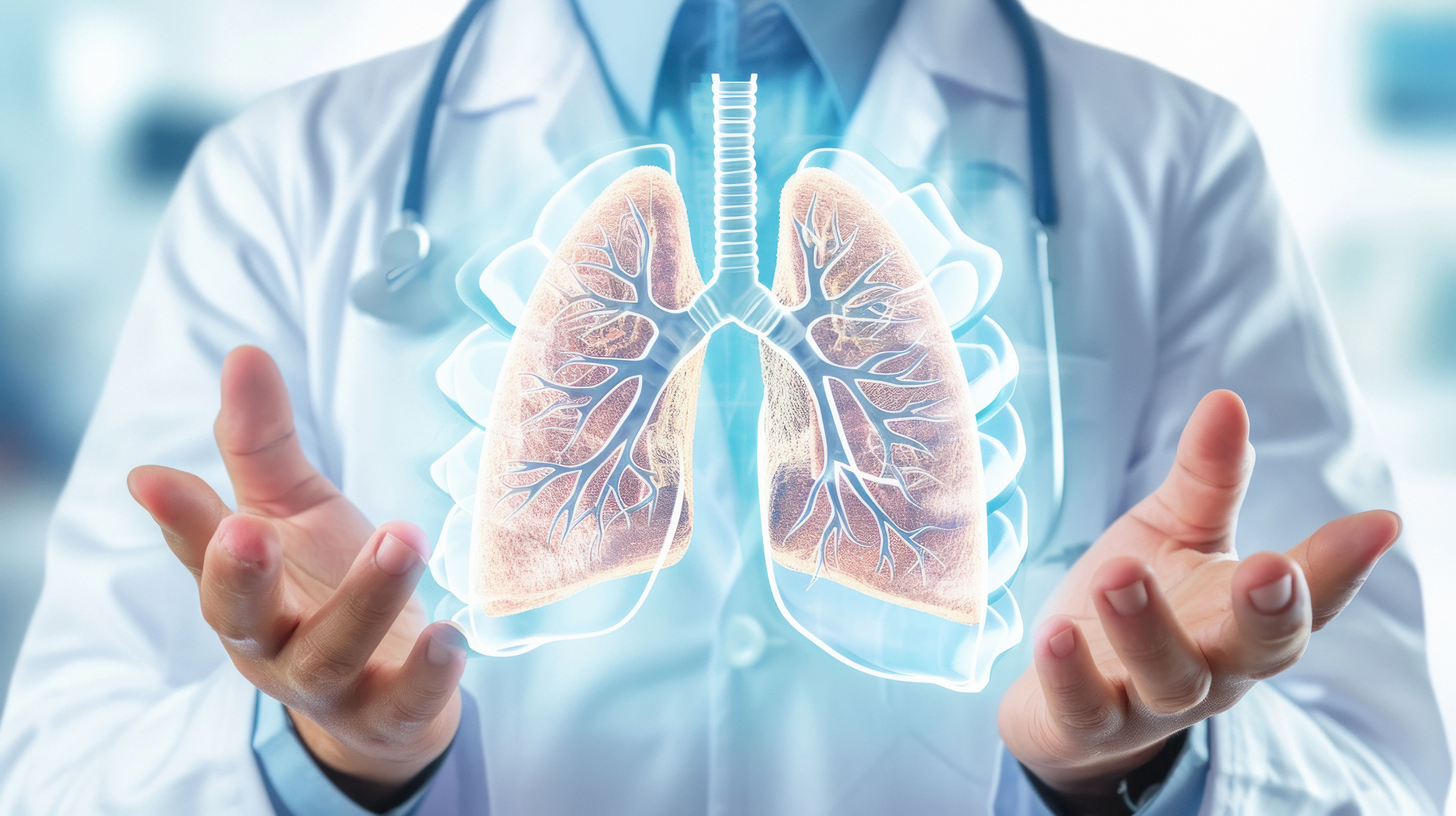Video
Chronic Fibrosing ILD With Progressive Phenotype
Experts review chronic fibrosing interstitial lung disease with progressive phenotype and its different forms of manifestation.
Transcript
Neil B. Minkoff, MD: Dr Hummers, please share the prevalence of chronic fibrosis ILD [interstitial lung disease] with the progressive phenotype?
Laura Hummers, MD: It’s tricky to determine a phenotype progression because there are different entities. Each of these individual entities is uncommon. Idiopathic pulmonary fibrosis, scleroderma-related ILD, and myositis-related ILD are all individually fairly uncommon and have prevalence that is low in the population. The prevalence of scleroderma is about 250 per 1 million. The prevalence of ILD among these groups is highly variable, depending on how you define it.
Some diseases have more common features of ILD among the population, and others less common. The population that is progressive can vary from disease to disease. If you take rheumatoid arthritis, which is actually a fairly prevalent disease, about 1% in the United States. But the prevalence of interstitial lung disease among rheumatoid arthritis patients is less common than in scleroderma or myositis or some of the myositis subsets. The progressive phenotype among rheumatoid arthritis patients is fairly uncommon among that group. It’s tricky to determine a prevalence number, on the subsets of all those diseases, which are a chronic progressive phenotype. There are diseases we know well. We know that most patients with idiopathic pulmonary fibrosis are going to have a progressive course, and there is a subset of patients with scleroderma or myositis, which tend to have a progressive course as well.
Neil B. Minkoff, MD: One thing we’re trying to determine or understand better is the pathophysiology of chronic fibrosing ILD and the progressive phenotype. What are the risk factors? Do we know the causes? How does this progress?
Justin Michael Oldham, MD, MS: We really don’t know much about the progressive fibrosing ILD or chronic fibrosing ILD with a progressive phenotype at this point. Within individual ILDs, there are some data that suggest 25% to 50% of patients will have a progressive phenotype depending on the ILD. But we don’t know much about this phenotype in general. It’s definitely a new idea in the field. We were trying to group patients according to similar patterns previously. Now we’re accepting that the pattern may not matter as much as the natural history. One takeaway from this is the idea of chronic fibrosis interstitial lung disease with a progressive phenotype is a new idea, and there is a lot to be done to characterize it. As far as the background pathophysiology, without getting too deep in the rabbit hole, basic science says it’s important to note that this progressive phenotype does manifest in fairly similar ways across the ILD spectrum, which is development of new scar and new fibrosis throughout the lungs.
This is a TGF-beta—mediated process generally, and we know the most about this through studies done in idiopathic pulmonary fibrosis. But there are an increasing number of studies and other ILDs that show a similar final phase that leads to fibrosis and progression. Some of the more inflammatory interstitial lung diseases, like hypersensitivity pneumonitis and those resulting from autoimmune disease, can have a preceding inflammatory component that we don’t see in IPF [idiopathic pulmonary fibrosis], but they still result in a similar final pathway, which is fibrosis.
Neil B. Minkoff, MD: Is that progression similar across different types of patients?
Justin Michael Oldham, MD, MS: It depends on how you describe or define progression. For our purposes in interstitial lung disease, we typically look at decline in lung function, but it is appreciated that you can progress in different ways. You can have a drop in your vital capacity, probably the most well-accepted way that you’re having progression. But a small decline in your vital capacity, with a large decline in your diffusion capacity and worsening symptoms, suggests progression. Same thing if you see more fibrosis on the CT [computed tomography], maybe only a marginal decline in your lung function, and somebody is having worsening symptoms, which again suggests some degree of progression. There are a lot of unknowns in the field. I don’t think it’s possible to say what progression looks like at this point. But there are a lot of ways progression can manifest.





